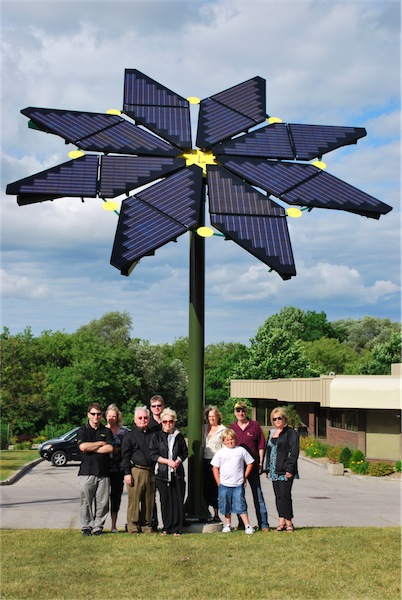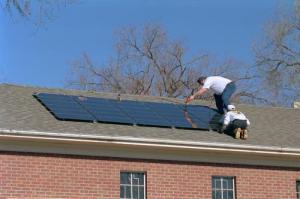
February 9, 2011
Dear Members of Congress:
On behalf of the nation’s counties, cities and towns, we urge Congress to support legislation that clearly affirms the right of state and local governments to exercise liens or assess special taxes or other property obligations to protect and improve housing stock for the public good, including the installation of renewable energy and energy efficiency improvements, by directing federal regulators to enforce underwriting standards that are consistent with guidelines issued by the U.S. Department of Energy for Property Assessed Clean Energy (PACE).
As you know, the health and vitality of local economies are essential for reversing the national economic downturn. Despite sizable budget shortfalls, state and local governments, in partnership with the federal government, are working to maintain and improve efficiencies in federal programs that support the services that citizens expect governments to deliver. A further challenge, however, is that traditional mechanisms for local finance and revenue, such as sales and property taxes and bond financing, remain difficult to access. As a result, local governments are developing innovative financing programs, such as PACE, that will help neighborhoods realize community and economic development goals even in challenging fiscal periods.
PACE financing programs help property owners finance renewable energy and energy efficiency improvements – such as energy efficient boilers, upgraded insulation, new windows, and solar installations – to their homes and businesses. The PACE program removes many of the barriers of renewable energy and energy efficiency retrofits that otherwise exist for residential homeowners and businesses, particularly the high upfront cost of making such an investment and the long-term ability to reap the benefits of cost savings. Twenty four states plus the District of Columbia have already passed legislation enabling cities and counties to pursue PACE programs.
PACE is not a loan, but instead is built on traditional tax assessments, which local governments have managed for over 100 years. PACE was not designed to increase the risk of homeowners, business owners, lenders, or the financial system, and operates under stringent rules to ensure a net positive benefit to all parties. When fully implemented, PACE programs can achieve significant energy savings and provide positive benefits to the environment.
Unfortunately, rather than incent original solutions such as PACE, the Federal Housing Finance Agency’s (FHFA) determination that PACE energy retrofit lending programs present “significant safety and soundness concerns” effectively shuts the door on an important avenue for financing improvements that would deliver financial and environmental benefits long into the future. This determination is out of step with our nation’s economic recovery agenda and disregards the traditional authority of local governments to utilize the tax code in the best interest of its citizens.
In response to FHFA’s specific concern about the hypothetical risk to the secondary mortgage market involved with PACE homes, as local leaders responsible for investing hundreds of billions in public funds annually, we know well that risk is an inherent part of any investment. However, local governments constantly seek to minimize that risk; in our case, to the taxpayer. We believe that the standards and best practices called for in the Administration’s “Recovery Through Retrofit” report are sufficient to minimize any potential risk posed by the PACE program to both the public and private investments in a PACE home.
The PACE program is an achievement of the intergovernmental partnership to realize national policy goals, namely, reducing energy consumption, that will positively impact the fiscal conditions of every level of government. For these reasons, we encourage you to support legislation that will allow existing PACE programs to continue and encourage additional programs throughout the country. We look forward to working with you to ensure that local governments maintain the traditional authority to utilize the tax code for public benefit.
… Read More




 Last week the Colorado PUC released
Last week the Colorado PUC released  Craig Morris has a thorough discussion of why feed-in tariffs (CLEAN Contracts) and other renewable energy
Craig Morris has a thorough discussion of why feed-in tariffs (CLEAN Contracts) and other renewable energy 